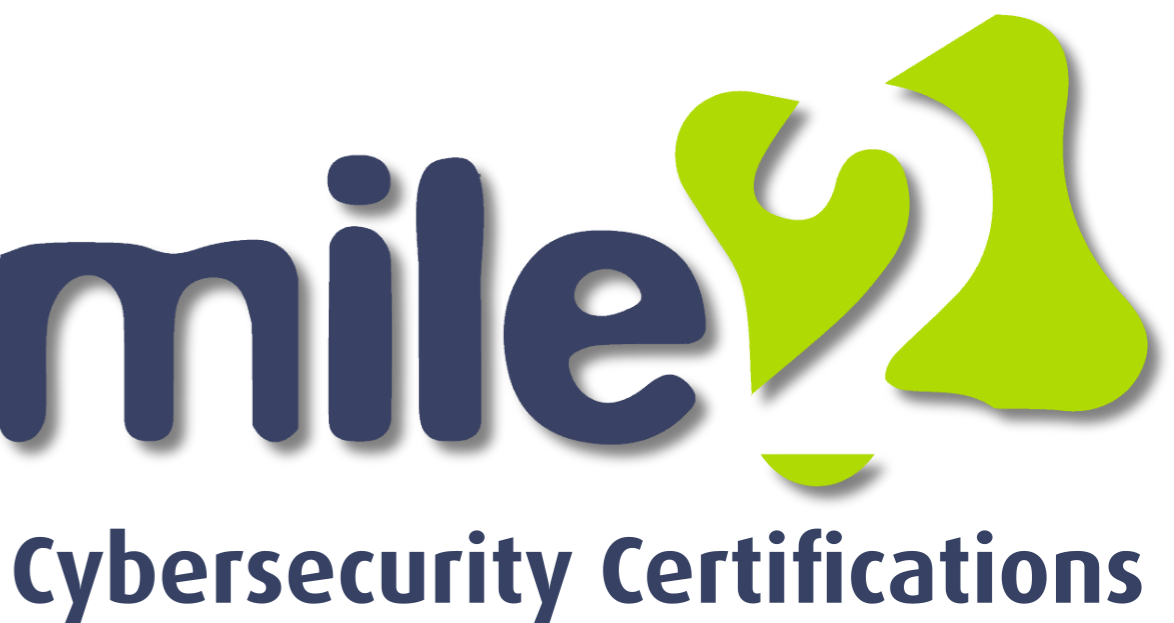OCU C)HT C Discussion Lesson 07
- This topic has 12 replies, 12 voices, and was last updated 3 months, 1 week ago by
Caleb Kiser.
-
AuthorPosts
-
-
November 17, 2023 at 12:07 pm #91895
Manny Varela
KeymasterDiscuss with input – output devices are their differences.
-
July 22, 2025 at 5:45 pm #107291
Carlos Martes
ParticipantInput and output devices are parts of a computer that allows us to use. Input devices are what we put information into the computer. For example, we type on a keyboard, click with a mouse, or speak into microphone. These tools allow the computer to know and distinguish what we want it to do. Output devices are what the computer uses to give information back to us. A monitor shows pictures and words, speakers play sounds, and a printer gives us a copy on a paper. The main difference is that input devices send information into the computer, and output devices shows us the results from the computer. Some tools, like a touchscreen can work as both input and output. you can touch the screen to give input, and also see pictures on it.
Together, input and output devices make it easy for people to talk to and work with computers.-
July 29, 2025 at 9:27 pm #107390
Caleb Kiser
ParticipantHi Carlos,
I enjoyed reading your post. You very clearly articulated the differences between input and output devices. I agree with the main difference you explained. Input devices send information, and output devices show results from the computers. At my job, I use what’s called ProPresenter. It’s basically a way of controlling slides for church services. Even for a simple program like that, you have to have the input and output settings set up correctly for anything to work.
-
-
July 22, 2025 at 9:08 pm #107294
Isabelle Tubbs
ParticipantThere are some input devices that we are very familiar with, like digital cameras, microphones, and web cameras. Even some input devices that are less common are still used often today such as digitizers, scanners, and biometric devices. These devices take the information we have in that moment and upload that information digitally. For example, scanning a physical document uploads the information on paper and uploads it to the computer’s files.
Output devices include speakers, printers, and displays. Many of us use these often, as they can be easily accessed with a computer or other device. These devices take the information that the computer has and puts it into a more humanly tangible form. Printing, for example, is almost like the reverse process of scanning; it takes the information from the computer and puts it on paper using ink.
Finally, there are also input-output devices which can both take in and distribute information. One example is an audio headset, which is essentially combining the input of a microphone and the output of a speaker, allowing back-and-forth conversations live.
-
July 28, 2025 at 7:38 pm #107362
Misty Stewart
ParticipantHi Isabelle,
You provided a great summary of in-and-output devices. Input, output, and input-output devices are tools that help computers work with information. Input devices, like digital cameras, microphones, and webcams, take real-world data and turn it into digital form. Other input tools, like scanners, digitizers, and fingerprint readers, also help by changing physical things—like paper documents or fingerprints—into computer files. Thank you for your summary.
-
-
July 25, 2025 at 8:02 pm #107321
James Settle
ParticipantSo input output, or I/O devices are the peripherals or hardware components that you attach to your computer which allow interaction between users and computers. Input devices allow users to send data to the computer. Output devices allow data to be exported or retrieved from the computer. Some common input devices are the keyboard, mouse, trackball, microphone, scanner, or joystick. Some common output devices are the monitor, printer, speakers, headphones. In addition to input and output devices, there are some that can function as dual input/output devices such as touchscreen monitors which can be touched to input data while simultaneously displaying the results as output on the screen. CD/DVD drives input the data to be read or executed, while outputting the data to the monitor or sound to speakers externally. USB drives can also perform along this same capacity.
-
July 25, 2025 at 10:46 pm #107323
Isabelle Tubbs
ParticipantHi, James. Great work on your post this week. I like that you mentioned how CDs, DVDs, and USBs function as dual input/output devices. Their ability to interact with computers in this way is a big reason why they are great tools to use with computers.
-
-
July 25, 2025 at 11:10 pm #107325
Caleb Kiser
ParticipantInput and output devices are how we interact with a computer, basically, how we give it information and how it gives something back. Input devices are things like keyboards, mice, scanners, and microphones. They let us send data into the computer. For example, when you type or click, you’re using an input device to tell the computer what to do. Output devices do the opposite. They take data from the computer and turn it into something we can see, hear, or experience. Think monitors, printers, speakers, or projectors. A monitor shows what the computer is doing, and a printer gives you a physical copy of a file. The main difference comes down to direction: input brings info in, output sends info out. Some devices can even do both, like touchscreens, which let you tap (input) and see visuals (output) all in one. Understanding the roles they play helps you understand how the whole system communicates.
-
July 27, 2025 at 11:00 pm #107331
James Settle
ParticipantGreat job Caleb,
Way to simplify the explanation of the material. They way you explain input output devices makes it easy to understand on various levels. As you stated, having a basic understanding of the peripheral devices does make it easier to see how the whole system communicates. Realizing that information is “put in” into the computer via the keyboard aids in identifying it as an input device.
-
-
July 27, 2025 at 9:53 pm #107328
Misty Stewart
ParticipantThe primary difference between input and output devices lies in the direction of data flow. Input devices send data to the computer, while output devices receive data from the computer. Additionally, input devices are used for data entry and control, whereas output devices are used for data presentation and communication.
Input devices are hardware components used to provide data and control signals to a computer. They allow users to interact with the computer by entering information or commands. Common input devices include keyboards, mice, scanners, and microphones. For example, a keyboard allows users to type text, while a mouse enables users to navigate and interact with graphical user interfaces.
Output devices, on the other hand, are hardware components that receive data from a computer and present it to the user in a readable or perceivable form. They allow the computer to communicate information to the user. Common output devices include monitors, printers, speakers, and projectors. For instance, a monitor displays visual output, while speakers produce audio output.-
July 28, 2025 at 5:46 pm #107356
Teisha Nolen
ParticipantHi Misty,
Great job of clarifying the distinct functions of input and output devices. Your breakdown makes it easy to understand the ways in which computers receive and present data. Highlighting how the two types of devices complement each other reinforces how essential both types are in order for us to have the communication needed to perform the desired actions.
-
-
July 28, 2025 at 5:41 pm #107355
Teisha Nolen
ParticipantInput and output (I/O) devices are components that allow users to interact with a computer system. Input devices are used to send data or signals to the computer. Common examples include keyboards, mice, scanners, microphones, and webcams. These tools let you enter information—like typing commands, recording audio, or uploading images and text.
Output devices take data from the computer and present it in a form we can understand. Monitors display visuals, printers produce physical copies, and speakers or headphones output sound. Essentially, input devices feed information into the computer, while output devices deliver results out of it.
Some devices serve as both input and output. These are known as I/O devices. Examples include touchscreens, which allow you to tap (input) and view graphics (output), and headsets, which combine microphones and speakers for real-time interaction.
Understanding the distinction between input and output devices helps clarify how computers process and communicate data. Whether you’re clicking a mouse or watching a video on your screen, these tools allow us to interact with our technology to accomplish the desired result.-
July 28, 2025 at 7:41 pm #107363
Misty Stewart
ParticipantHi Teisha,
You’ve explained the role of input and output devices very well. To build on that, it’s fascinating how these components form the bridge between humans and machines. Input devices like keyboards and microphones let us give instructions or share content, while output devices like monitors and speakers translate digital data into something we can see or hear. The rise of dual-function I/O devices—like touchscreens and headsets—shows how technology is becoming more seamless and interactive.
-
-
-
AuthorPosts
- You must be logged in to reply to this topic.

